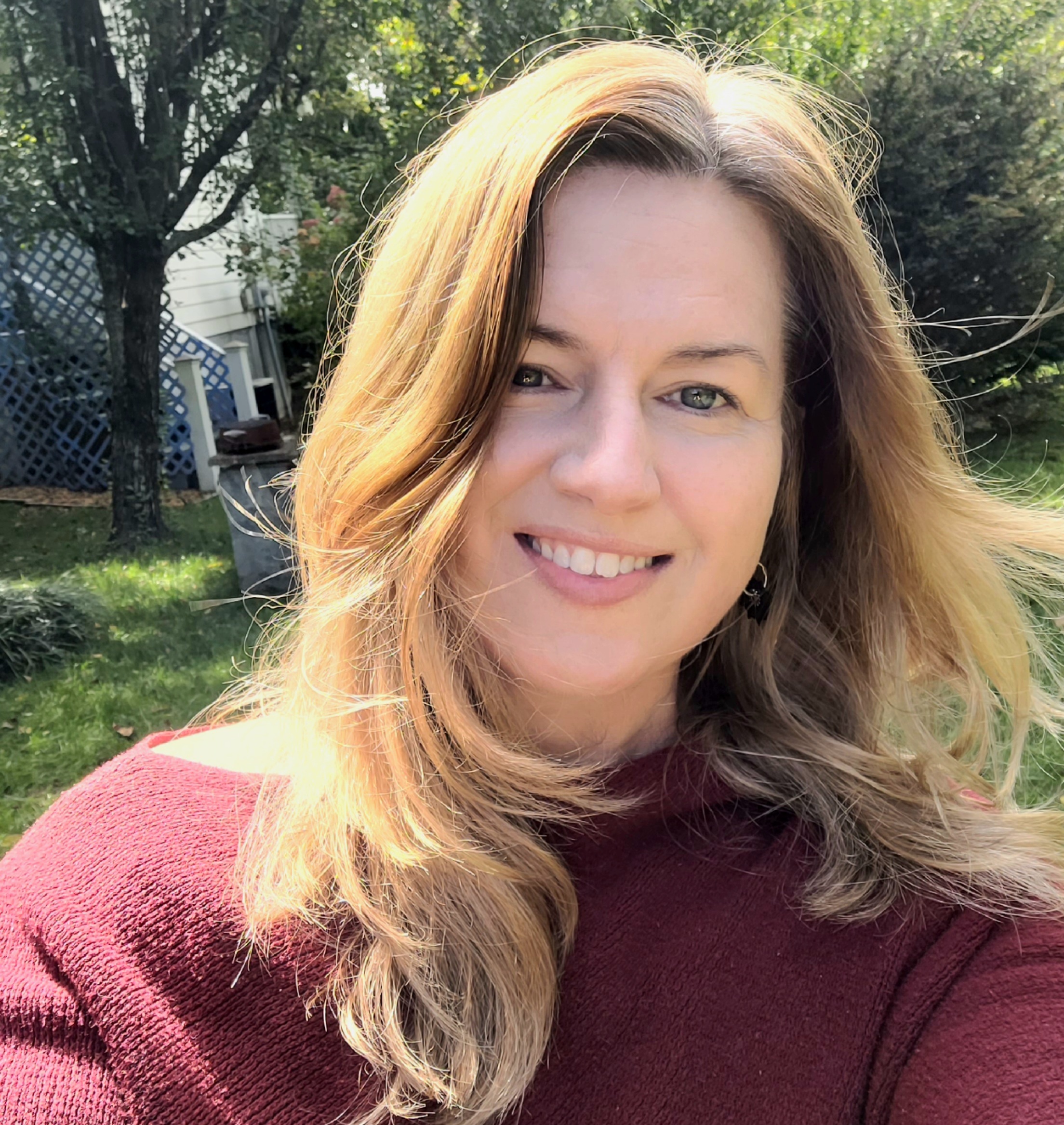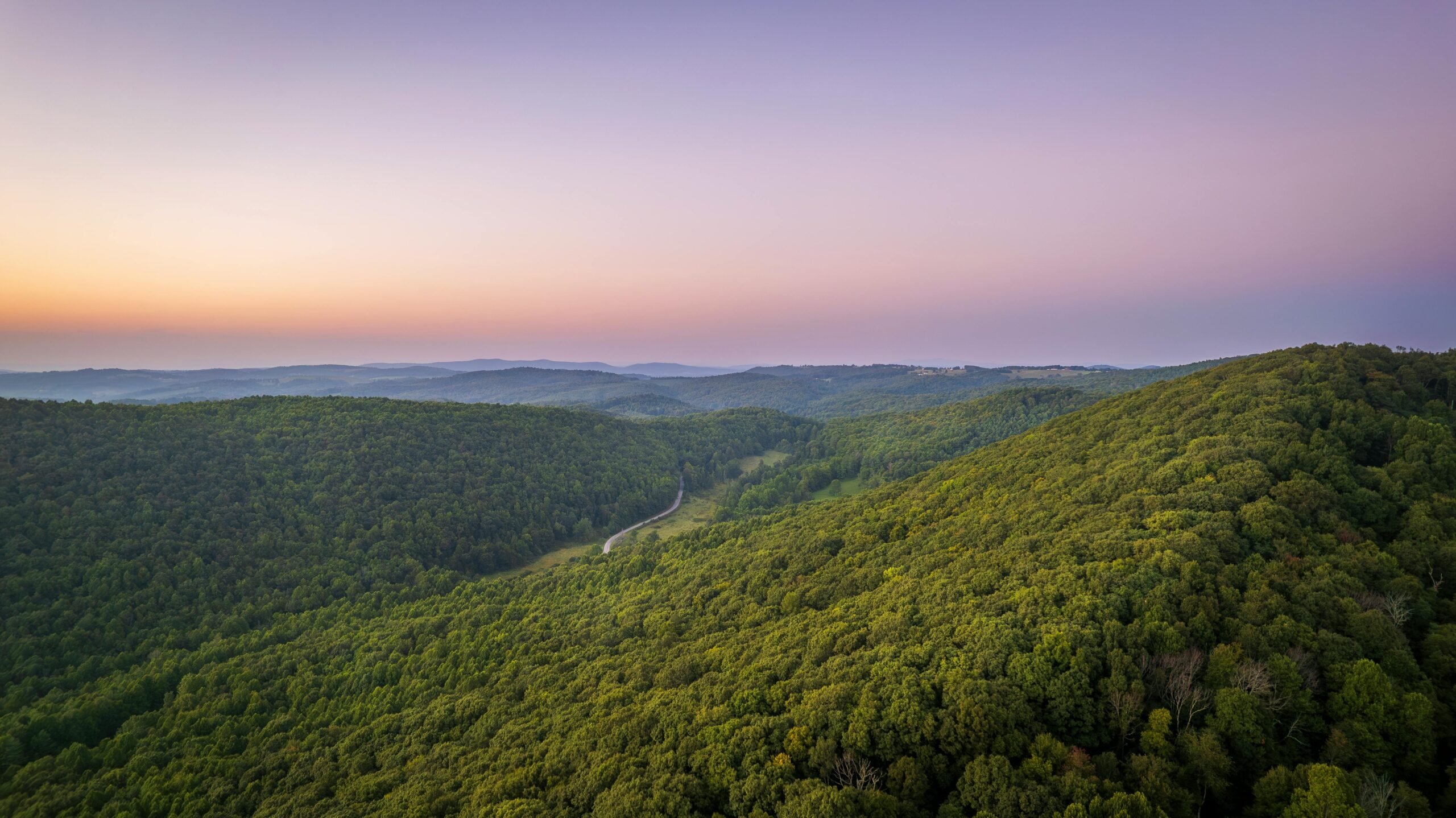NORTH STARS:
Waste Management
Carbon Footprint
Wildlife & Ecosystems
“For more than a century, Appalachian culture has been overlooked and misappropriated; its people have been scapegoated and rendered as caricatures.“
What do you think you know about Appalachia, that storied swath of mountains stretching between Alabama and New York? Maybe you’ve seen a few movies, tapped your feet to bluegrass, or even hiked a few miles of the Appalachian Trail. If you’re like most folks, your impressions range from dreamy to downright desolate:
Sweeping vistas. Cozy cabins. Damn fine homemade liquor.
But also: Poverty. Opioids. Bigotry. Bad teeth.
Where do these lazy stereotypes end, and where does Appalachia’s true identity begin?
Even as a native, I struggle mightily with this question–and with my own place in these mountains. In a new project, Drink Appalachia, I’m beginning to find answers.
Returning to My Roots
A prodigal daughter of the Blue Ridge Mountains, I was born here, then escaped on a wing and a prayer, recently returning after many years. While I wouldn’t dare speak for long-time locals, I do have the benefit of seeing Appalachia with fresh eyes. I feel renewed appreciation for the place every day as I sip coffee on the porch swing of my farmhouse outside of Asheville, North Carolina.

I’d like for others to appreciate this place, too. In studying its drinking culture – from dandelion wine to dry counties to distilleries – I aim to explore my Southern Appalachian roots while excavating stories that challenge tired clichés.
For more than a century, Appalachian culture has been overlooked and misappropriated; its people have been scapegoated and rendered as caricatures.
As Elizabeth Catte writes in What You Are Getting Wrong About Appalachia, “Defining Appalachian culture is often a top-down process, in which individuals with power or capital tell us who or what we are.”
Ain’t it the truth?
Lately, one particularly powerful voice has boomed into our common consciousness–that of a certain high-profile political nominee. (You know the one.) You’ve seen his bestselling memoir, ostensibly about “hillbilly” life even though he hails from the Cincinnati suburbs, which is not Appalachia by any stretch of the imagination. Many mountain people I know are insulted by his demeaning portrayal of the culture.
Changing the Narrative Around Appalachian Culture and People
Other writers and creators, thankfully, have helped Appalachia shine more brightly than ever, Barbara Kingsolver and Silas House have each penned deeply felt novels and poetry that have reshaped public perception. Musician Rhiannon Giddens (who’s a flatlander, but with strong ties to Appalachia) has educated the masses on the African origins of the Appalachian banjo. Directors like Nicole Riegel (Holler), and Elaine McMillion Sheldon (King Coal) have used the art of filmmaking to shed meaningful light on the region.
Our Appalachian reputation has also been shaped by what mountain folks eat. As food scholar Erica Abrams Locklear confirms in Appalachia on the Table: Representing Mountain Food & People: “The discourse that began forming around mountain food in the late 1800s has had a lasting impact on the way we see the Mountain South.”
In recent years, chefs have integrated foraged and local foods into fine dining in a way that has elevated Appalachian cuisine into a broader international consciousness. As a standard-bearer of Appalachian cuisine, Travis Milton of Hickory at Nicewonder in Virginia entices guests with dishes like hearth-roasted oysters with ramp pesto.

John Fleer, former executive chef of Blackberry Farm and now owner of Rhubarb in Asheville, is credited for coining “foothills cuisine.” Fleer is renowned for his gussied-up versions of traditional comfort foods like hoecakes and cornbread-buttermilk soup.
Also in Asheville, Ashleigh Shanti, formerly the chef at Benne on Eagle, and now owner of Good Hot Fish, is bringing Black Appalachian fare to the masses.
Where there is fine food, there is bound to be compelling beverage, too. That’s where Drink Appalachia comes into play.
What is Drink Appalachia?
As a seasoned veteran of the wine biz, I’ll not only cover standard alcoholic beverages, but sample local traditional drinks made with seasonal ingredients, like blackberry soda and sassafras tea.
So far, this endeavor has been a pure delight: I’ve gathered native black walnuts from my backyard to make an herbaceous nocino. I’ve pitched in with an apple harvest at a local cidery. I’ve sought the ideal wine pairing for West Virginia pepperoni rolls (a traditional Italian-American coal miner’s lunch).
There’s so much more to come, including a “Drinks with Neighbors” column introducing you to some of my fellow mountain folk. I want you to know and love this place as I do.
Curious? Please join me to read along, and consider becoming a paid subscriber to support the study of this unsung part of the United States, which is so full of beauty and possibility.
As well, I’ll be sharing stories and essays from Appalachia here on Azure Road. Stay tuned.

Amy Bess Cook is a writer with deep roots in the wine world. As founder of a pioneering platform amplifying female vintners, her work has earned recognition from media including The New York Times, and from colleagues as Imbibe magazine’s “Wine Person of the Year.” Her essays and articles have appeared in trade and lifestyle publications, including Wine Enthusiast. Follow Amy Bess on her Substack and IG @amybessyes.



